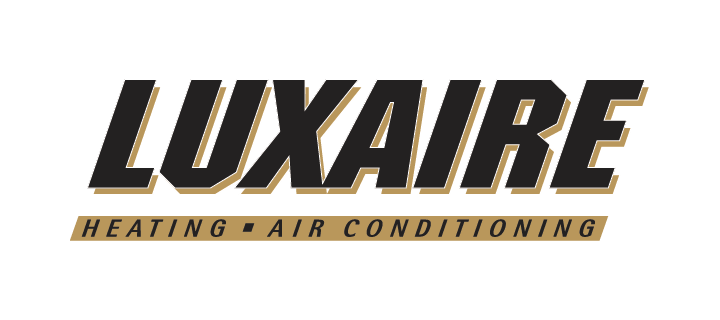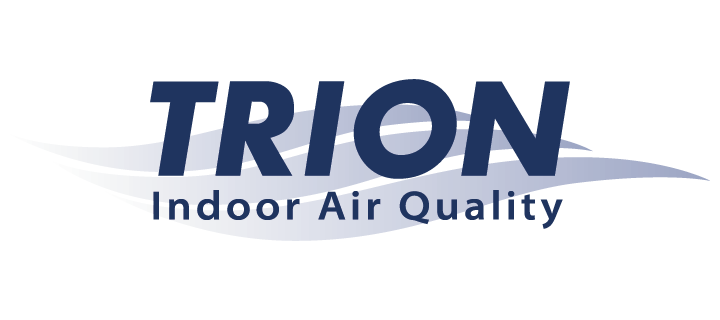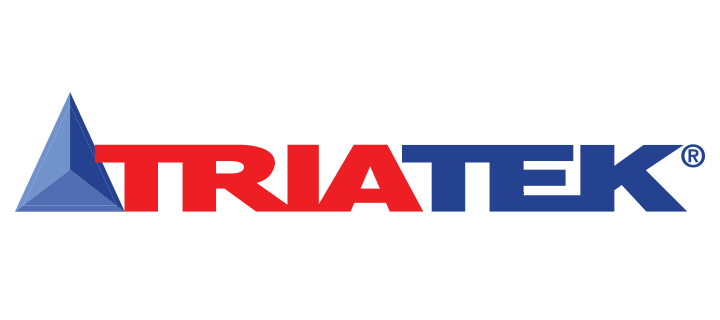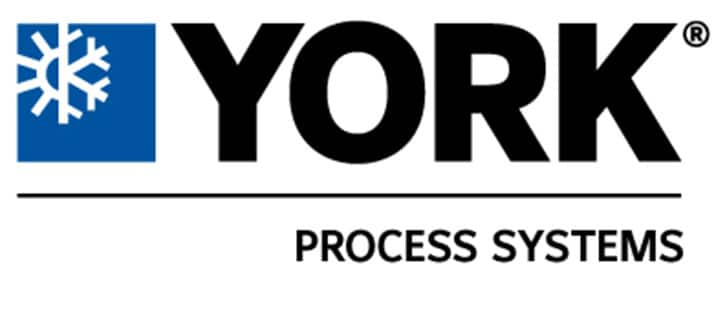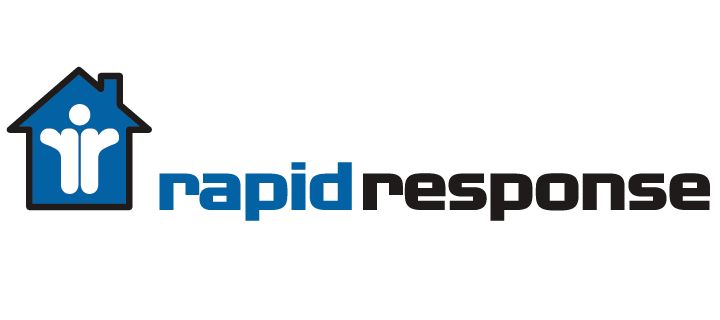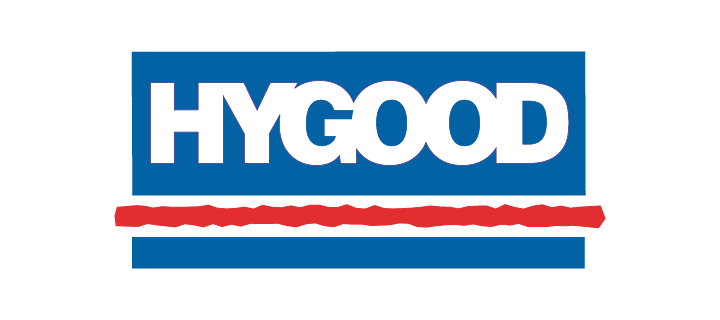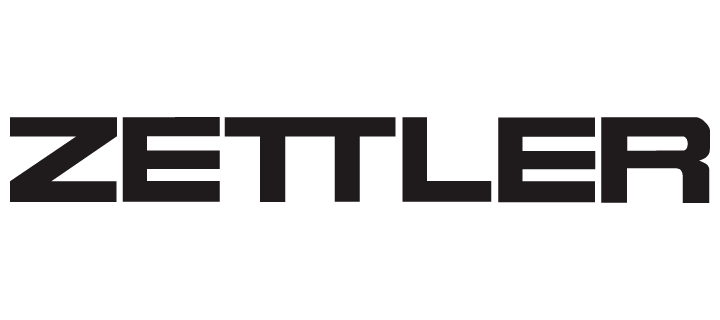Global Directory
- Anguilla - English
- Antigua & Barbuda - English
- Aruba - English
- Bahamas - English
- Barbados - English
- British Virgin Islands - English
- Cayman - Islands - English
- Curacao - English
- Dominica - English
- Dominican Republic - Español
- Grenada - English
- Guadeloupe - English
- Haiti - English
- Jamaica - English
- Martinique - English
- Puerto Rico - English
- Puerto Rico - Español
- Saint Barthélemy - English
- Saint Kitts and Nevis - English
- Saint Lucia - English
- Saint Martin - English
- Saint Vincent & The Grenadines - English
- Trinidad & Tobago - English
- Virgin Islands - English
- Austria - Deutsch
- Belgium - Français
- Belgium - Nederlands
- Bosnia & Herzegovina - English*
- Bulgaria - English*
- Croatia - English*
- Czech Republic - Čeština
- Denmark - Dansk
- Finland - Suomeksi
- France - Français
- Germany - Deutsch
- Hungary - Magyarország
- Ireland - English
- Italy - Italiano
- Netherlands - Dutch
- Norway - Norge
- Poland - Polski
- Portugal - Português*
- Russia - Русский
- Slovakia - Slovenčina
- Spain - Espanol
- Sweden - Swedish
- Switzerland - Deutsch*
- Switzerland - Français*
- Switzerland - Italiano*
- United Kingdom - English

-
Products and Solutions
-
Services and Support
- Operations Maintenance and Repair Services
- Product Documentation
- Product Selection Tools
- Energy and Efficiency Solutions
- Design and Construction Solutions
- Optimization and Retrofit Solutions
- Systems Integration
- Managed Services
- Fire Maintenance and Support
- Security Maintenance and Support
- Replacement Parts and Supplies

Predictive and Diagnostic Service Powered by OpenBlue, Catch Building Equipment Problems Before They Happen
Learn more -
Industries
- Insights
-
About Us
Global Directory
- Anguilla - English
- Antigua & Barbuda - English
- Aruba - English
- Bahamas - English
- Barbados - English
- British Virgin Islands - English
- Cayman - Islands - English
- Curacao - English
- Dominica - English
- Dominican Republic - Español
- Grenada - English
- Guadeloupe - English
- Haiti - English
- Jamaica - English
- Martinique - English
- Puerto Rico - English
- Puerto Rico - Español
- Saint Barthélemy - English
- Saint Kitts and Nevis - English
- Saint Lucia - English
- Saint Martin - English
- Saint Vincent & The Grenadines - English
- Trinidad & Tobago - English
- Virgin Islands - English
- Austria - Deutsch
- Belgium - Français
- Belgium - Nederlands
- Bosnia & Herzegovina - English*
- Bulgaria - English*
- Croatia - English*
- Czech Republic - Čeština
- Denmark - Dansk
- Finland - Suomeksi
- France - Français
- Germany - Deutsch
- Hungary - Magyarország
- Ireland - English
- Italy - Italiano
- Netherlands - Dutch
- Norway - Norge
- Poland - Polski
- Portugal - Português*
- Russia - Русский
- Slovakia - Slovenčina
- Spain - Espanol
- Sweden - Swedish
- Switzerland - Deutsch*
- Switzerland - Français*
- Switzerland - Italiano*
- United Kingdom - English

Johnson Controls Fire Monitoring
Fire protection systems are often taken for granted. Yet in a real emergency their reliability and effectiveness can be a matter of life and death. So getting the very best automated fire monitoring system for your premises from an experienced and reputable provider is essential.
That’s why you should choose Johnson Controls Fire we provide fire monitoring to every type of building and business, from the smallest neighbourhood shop to the largest retail centres, from workshops to warehouses, carparks to large buildings. We are committed to protecting people and property from unexpected fire events providing a high standard of protection from the dangers and costs associated with fires. And as the first certified service provider to Fire and Emergency New Zealand, we have proven expertise and can confidently claim that we offer the best mix of global experience and local protection.

Service Overview
Back to base fire monitoring service 24 hours a day, 7 days a week.
The monitoring device, Johnson Controls Fire Alarm Signalling Equipment (ASE) is installed near the Fire Panel and/or Sprinkler Valves. In the event of fire alarm activation, the ASE picks up the fire alarm signal from the Fire Panel/Sprinkler, and within seconds via our monitoring centre it transmits the data to FENZ for the nearest available truck to be dispatched immediately to your site. Simultaneously a message is sent to your nominated service company for a technician to attend, reset and investigate the cause of the activation. If requested Johnson Controls will also SMS, email and phone nominated site contacts to inform them of the activity at site.
Traditional Fire monitoring only provides a generic Fire event for the building, but with Johnson Controls Fire’s zone and point monitoring we can provide the exact detector and associated text of an activation, provided your site has a modern analogue addressable Fire Panel. This is a hugely important tool for building owners and managers of large complexes where there a local detectors that require resetting, or out of control false alarm charges.
To ensure the ASE is in communication mode at all times multiple communication paths are available to provide network redundancy. Be it a dual radio connection to multiple cellular providers at once, or a back-up PSTN connection. The cellular connection transmits a poll message every 9 minutes to let our monitoring team know that your site is protected 24/7. We also keep a close eye to ensure there is mains power present and the back-up battery is in good condition with a daily load test to ensure it will with-stand a power outage. Should any of these fail the ASE flags the fault to our Monitoring Centre where contact is made with the nominated contact(s) and or service company to rectify the fault.


Equipment
Alarm Signalling Equipment (ASE) and antenna are supplied by Johnson Controls Security and the title of the ASE and the antenna at all times remain with Johnson Controls.
During installation, if a customer’s power supply or batteries are found to be insufficient, we can install a power supply and/or batteries. As daily tests are carried out automatically by ASE a service call is required only in cases of:
In these cases we will send a qualified technician to investigate the faults, and repair/replace the ASE. The standard service call fees are applicable if the faults were caused by factors outside our control, such as vandal; storms/water damage; or damage caused by the customer or a third party such as Fire Brigade or other Service Contractors.

What Are False Alarms
When the alarm is activated on a fire system connected to Automatic Fire Alarm Monitoring, the signal will be transmitted to the Fire Brigade within seconds.
We will not be able to stop the alarm from going through to the Fire Brigade as it is transmitted automatically. Upon attendance, the local Fire Station Officer may deem the situation as a false alarm if they find no fire at the relevant premises.

False Alarm Charges
A false alarm is chargeable when the attending station officer deemed the alarm could have been prevented. For example:
- If the cause of the alarm was attributed to an activity of an occupant/worker on site.
- Lack of maintenance of the building.
- Suspected faulty detectors and so on.
- The Fire Brigade imposes a fee for a false alarm and the cost varies from state to state. It can range from $250.00 to $1500.00.
- As an incentive for customers to reduce their number of false alarms, the Fire Brigade will consider application for waivers. There are criteria the customer must meet in order to be considered. Please contact your local Fire station for more information.

Reducing False Alarms
All systems are susceptible to false alarms, but to minimize these, there are a number of measures you can take:
- Is your system maintained adequately? Fire Services recommend at a minimum that your system is maintained to the conditions outlined in the NZ Standard ‘Fire Detection and Alarm Systems in Buildings 4512:2010, Part 6 Maintaining Systems in Compliance and Good Working Order’.
- Check that your system is configured to suit building use.
- Do detector types and or sensitivities need to be changed?
- How is the movement of contractors and trades people managed?
- Do you have a responsible person on site?
- How are tenants, staff and occupants advised of procedures and guidelines?
REMEMBER: FENZ may charge you for a false alarm

Who Imposes False Alarm Charges?
In NZ, the Fire Brigade determines whether a false alarm charge applies, if so FENZ will invoice the building owner direct.

Non Chargeable False Alarms
A false alarm is non chargeable when the cause of the alarm can be determined to be beyond the control of the owner, was unforeseen, unpredictable, and where no blame for the activation can be attributed to activity of an occupant at the premises.
Contact us to discuss your Fire Monitoring Requirements
- Operations Maintenance and Repair Services
- Training Services
- Product Documentation
- Product Selection Tools
- Energy and Efficiency Solutions
- Design and Construction Solutions
- Optimization and Retrofit Solutions
- Systems Integration
- Managed Services
- Fire Maintenance and Support
- Security Maintenance and Support
- Replacement Parts and Supplies
- Operations Maintenance and Repair Services
- Training Services
- Product Documentation
- Product Selection Tools
- Energy and Efficiency Solutions
- Design and Construction Solutions
- Optimization and Retrofit Solutions
- Systems Integration
- Managed Services
- Fire Maintenance and Support
- Security Maintenance and Support
- Replacement Parts and Supplies


